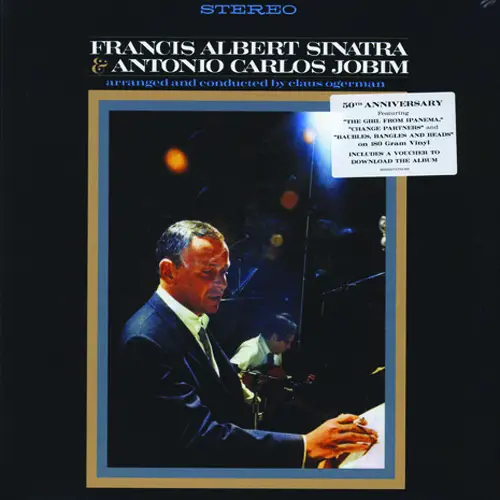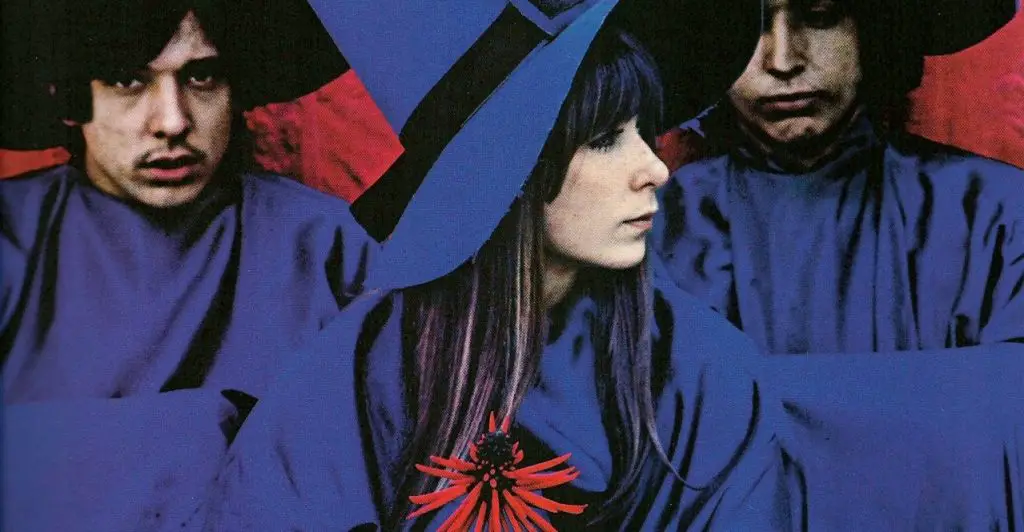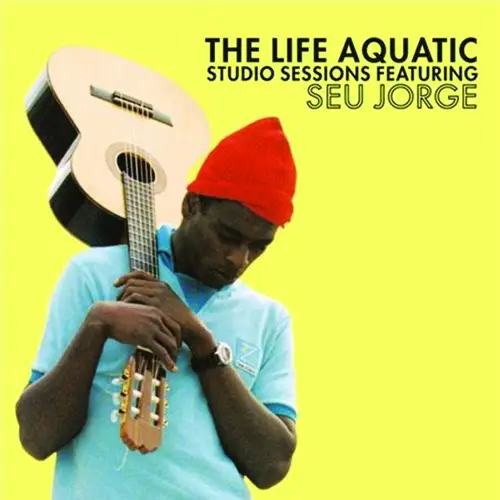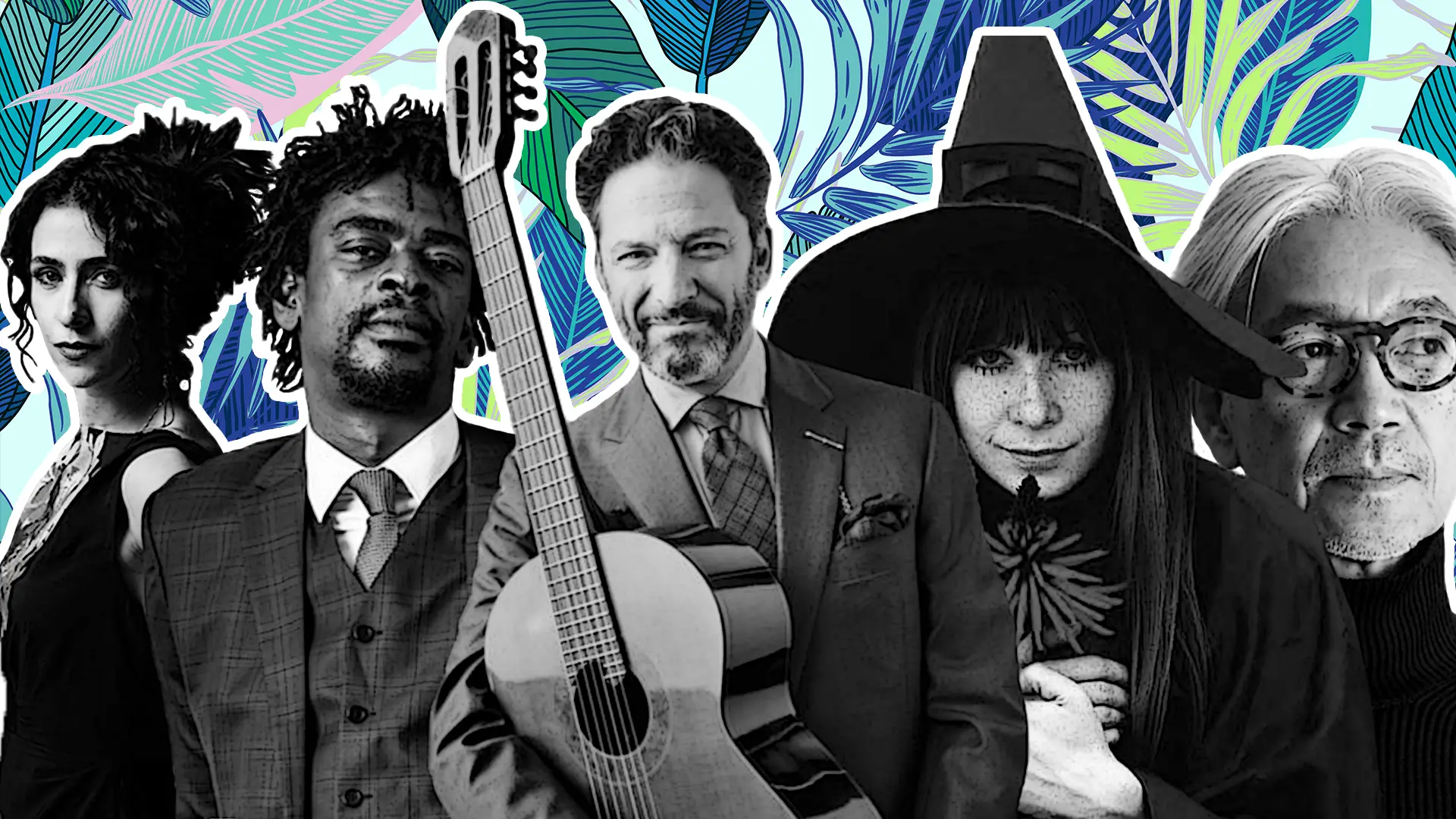In these electronic times, and particularly in music, almost anything and everything is proclaimed or turned into Bossa Nova, a ’new trend’. That is exactly what these words in Portuguese, the language spoken in Brazil where this musical genre originated, are designated to mean. Either every slight or not so slight change in musical style is labeled as a new trend. Or any music style, no matter what it started out as or what it was supposed to be, is given a Bossa Nova treatment. For example, a bunch of session musicians I gathered in the studio give the complete Nirvana songbook a supposed Bossa Nova treatment: they start with “Smells Like A teen Spirit” an turn it into ‘relaxin’ lounge’.
…Bossa Nova remains one of the, if not the most, influential music genres to have originated outside of the perceived main centers of music development…
The debate in music circles rages on about whether that is even in the same neighborhood as the original ‘Bossa Nova.’ Some even debate whether Bossa Nova is a genre or just a streak of what is called “Latin Jazz”, or even just a style of playing anything that is at hand.
One thing remains though, from the mid-’50s, when the genre got its distinct profile, until today, Bossa Nova remains one of the, if not the most, influential music genres to have originated outside of the perceived main centers of music development that are the US, Great Britain, France, Spain and Italy.
Development, Everyday Life, Sun, Girls…
Mid-’50s in Brazil were the years of expansion and a complete change of the mood within the country, with the expansion of middle class and its values, and as Chico Buarque, one of the protagonists of the Bossa Nova development states, “bossa nova appeared at a moment in which Cinema Novo, new movements of theatre in Brazil, the architecture of Oscar Niemeyer, Brasília were all germinating. It was an age in which there was a euphoria, a sense, there was a pretty strong national sense of pride. You were Brazilian and liked to be Brazilian, and you wanted to construct a nation.”

Chico Buarque – “Essa Moça Tá Diferente”
Essentially, Bossa Nova was middle class music that dealt mainly with the pleasure possibilities everyday life can offer, concentrating on sun, beaches, beautiful girls, all rolled into one. Musically, it used the traditional Brazilian samba music as its base, but as the country’s music industry and scene were liberalized, so came in the jazz sounds from abroad that were mixed into essentially slowed down samba rhythms.
An additional Brazilian/Portugese element was brought in – Saudade, an almost untranslatable term that corresponds to a state of mind, feeling of nostalgia, or longing for everything from people to sights and sounds. It was a sign of getting somewhere where you are yet to be. Maybe this sense was the secret ingredient of Bossa Nova as a musical and social concept, something why it is currently being lumped into ‘lounge’ – relaxing and getting away from all the daily stress, but not getting there. Yet.
Bossa Nova and Interchanging of Influences
João Gilberto, one of the progenitors of Bossa Nova, came up with “Bim-Bom”, what is considered the first Bossa Nova song back in 1956, probably watching the beach out of his window in Rio De Janeiro. That is where Bossa Nova caught on mainly with the middle-class – students, musicians, artists – Antonio Carlos “Tom” Jobim, Vinicius De Moraes, Roberto Menescal, Carlos Lyra and later on Sergio Mendes, Jorge Ben, and scores of others started building up a musical genre that crossed Brazilian borders like they weren’t there.
When “The Girl From Ipanema”, a version by Stan Getz, Astrud Gilberto, and Joe Gilberto won the Grammy in 1965, Bossa Nova officially became a worldwide phenomenon.
While it was the poet Vinicius De Moraes who brought initial fame to Bossa Nova with his movie score and main music theme for the film Black Orpheus (Orfeo do Carnaval), and Jorge Ben later on in the ’60s (1963) came up with “Mas Que Nada”, one of the most covered Bossa Nova songs of all time. It was Antonio Carlos Jobim that came up with “Girl From Ipanema”, the signature Bossa Nova theme, both musically and lyrically. The song even beats “Mas Que Nada” with the number of times it was covered. Some, like Tom Waits, think it was even over-covered; one of his stage rants went something like: “I was stuck in that hole with a dozen Bossa Nova musicians who “Girl From Ipanema”-ed me to death”.

Frank Sinatra & Antonio Carlos Jobim – “Quiet Nights Of Quiet Stars (Corcovado)”
Besides coming up with a signature Bossa Nova song, Jobim became the key name associated with Bossa Nova, and probably the most sought after Brazilian musician/composer outside the country’s borders along with Joao Gilberto (and his wife, Astrud Gilberto); playing with big names in jazz like Stan Getz and Herbie Mann, but certainly the highlight there being Francis Albert Sinatra & Antonio Carlos Jobim, recorded with Frank Sinatra in 1967 and probably one of the ultimate Bossa Nova albums not recorded in Brazil.
Them Changes
When “The Girl From Ipanema”, a version by Stan Getz, Astrud Gilberto, and Joe Gilberto won the Grammy in 1965, Bossa Nova officially became a worldwide phenomenon. The musicians in the US, whether they played jazz, pop, or the then popular ‘light pop’ (Harry Belafonte, Perry Como), were all into Bossa, but the fire caught all over, whether it was Italy’s film soundtrack composers, including Ennio Morricone, French singer Pierre Barouh (who founded his Saravah Records around the sound), or all the way around the globe with the Russian/Armenian film composer Mikael Tarivardiev, and Japan, where the ‘serious’ Bossa Nova sound is still cultivated with the likes of Ryuichi Sakamoto and Cornelius.
But even from its outset, Bossa Nova and its basic thematic and musical concepts had its opposition in Brazil. On one hand, the more nationalistic-minded opinion thought that there was too much foreign (i.e. American Jazz) influence in Bossa, while on the other hand, the more liberal elements, particularly in the second part of the ’60s, thought that Bossa Nova themes, as it was conceived, were too lighthearted and barely touched on the elements of social change – the problems of poverty in Brazil and other. Also, it was a time when rock was taking over the music world and there were musicians in Brazil who wanted to incorporate those elements into their music too.
That brought about both thematic and musical shifts that evolved into two essential movements (although both were based on what Bossa Nova brought in): Tropicalia and MPB (short for Música Popular Brasileira, or Popula Brazilian Music).

Tropicalia, as presented by some of the key Brazilian artists in all genres, like Caetano Veloso, Gilberto Gil, Tom Ze, and Os Mutantes, was also dubbed ‘revolution in sound’, and that is exactly what it was. Taking things as far as it could take them, both musically and thematically, Tropicalia incorporated psychedelia and rock in general, avant-garde, but also all forms of Brazilian music, coming up with some of the most adventurous music around. But the ‘revolution in sound’, or any form of possible social revolution for that matter, did not bode well for Brazil at the time; the military coup came about, and Veloso and Gil, as the key exponents of Tropicalia and considered by the junta as the possible mouthpieces of a revolution of another kind, were first jailed and then exiled from Brazil. When the military regime fell, they were able to return and continue their musical explorations, with Gil at one time even becoming Brazilian minister of culture.
…Bossa Nova as a genre is still alive, whether in its ‘organic’ form or through attempts to turn it into musical wallpaper that can be applied to anything.

MPB coincided time-wise with, and in many ways took the same paths as, Tropicalia, both musically and thematically, but in a more veiled manner than Tropicalia, so as to avoid persecution by the military, by involving more Brazilian music elements into its sound. Formally, MPB stuck until today, but continues to shift and change, with some of its progenitors like Chico Buarque, Jorge Ben, and Elis Regina originating in Bossa, while some more current names like Marisa Monte, Bebel Gilberto, and particularly Seu Jorge, continue using Bossa and samba as their musical base but continuing to bring in new elements. Jorge, who initially starred in City of God (Ciudad De Deus) – a Brazilian film classic, also became known for his role in Wes Anderson’s Life Aquatic with Steve Zissou, and his Bossa interpretations of David Bowie songs.
Whatever the origin, controversies, and mutations it went through, Bossa Nova as a genre is still alive, whether in its ‘organic’ form or through attempts to turn it into musical wallpaper that can be applied to anything.




